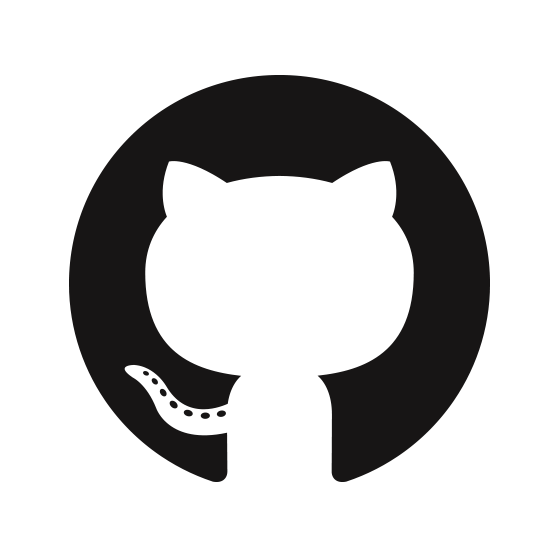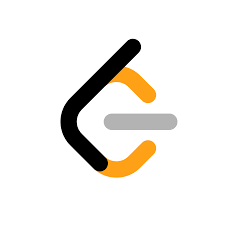Programming Languages Research
August 26, 2022
Why did we move from punch cards to programming languages? What does that tell you about the purpose of programming languages?
Punch cards are physical so they can get lost and damaged. It takes a lot more time and effort
to make a program using punch cards and due to how they worked, it was difficult to debug, and
any mistake couldn’t be edited. Plus, a program could be made of tens or hundreds of cards, so
they were bulky to store. Those are just some of the downsides of punch cards. The purpose of
programming languages is to give instructions to the computer, and they were a lot better and
a lot more efficient than punch cards.
There are hundreds of different programming languages out there. Why do you think we need so many?
The reason for the abundance of different programming languages is that each language is better
at specific applications compared to other languages.
What are some drawbacks of a programming language you use? How would you like it to be different? Think of specific examples.
When using Python, you often get runtime errors and usually this is due to Python being a
dynamically typed language, so a variable’s data type can change during runtime. This means
that python programs require more testing.
If you were going to create a new programming language, how would you start? What do you need to define?
You need to define the fundamental design of your programming language; you need to decide
on what paradigms the language will use. For example, you need to decide whether the language
will use static or dynamic typing and what type of programs the language will be made for.
Links to sources used:
Programming Languages and their uses
Disadvantages of Python
How to create Programming Languages
Further Reading:
Punch Cards
How to make a Programming Language
Timeline of Programming Languages


